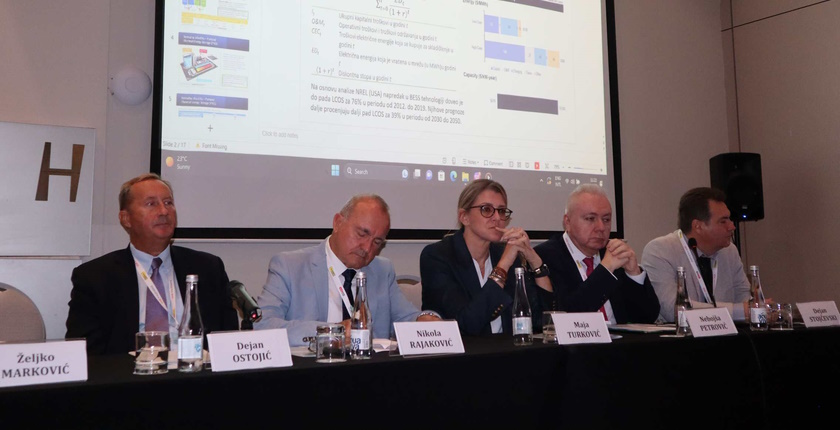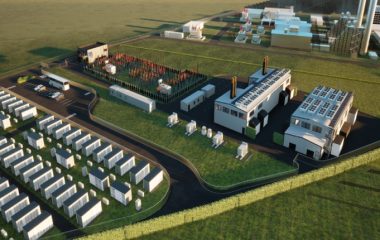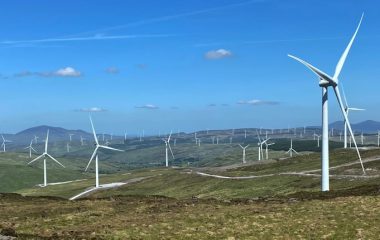
Photo: Energy Experts Association
Without any additional investments in production capacities for secondary and tertiary frequency regulation, the electricity system in Serbia can withhold solar power plants and wind farms with a combined 5,800 MW, said Nebojša Petrović, advisor of the CEO of the country’s transmission system operator Elektromreža Srbije (EMS), at the Energy 2023 conference on Mt. Zlatibor. The domestic Energy Experts Association organized the event.
The 5,800 MW estimate is from an adequacy analysis conducted by EMS. It includes 400 MW of operational wind parks. Subtracting the 717 MW in planned facilities selected at the first auctions, 4,683 MW more solar and wind power capacity can be run within the system.
However, EMS received applications for about 19,900 MW by the end of May. By mid-September, the volume reached 21,965.2 MW. The projects are in various stages of development, and the majority are at the very beginning.
The adequacy analysis was done in line with the EU SOGL regulation, which is mandatory in the Continental Europe synchronous area
According to Petrović, the adequacy analysis was done with a probabilistic approach, required by the European Union’s System Operation Guideline (SOGL). It is mandatory in the Continental Europe synchronous area to calculate the regulation (balance) reserve when the power system has a high share of variable renewable energy sources.
“Taking all that into account, we concluded that Serbia’s electricity system, at both the transmission and distribution levels, can operate with 5,800 MW from wind parks and solar power plants with the existing regulation capacities including pumped storage hydropower plant Bajina Bašta,” Petrović said.
The analysis was part of Serbia’s ten-year transmission system development plan for the period 2023-2032
The analysis was conducted within Serbia’s ten-year transmission system development plan for 2023-2032 and under the obligation introduced by the Law on the Use of Renewable Energy Sources, adopted in late April.
The plan was submitted to the Energy Agency of the Republic of Serbia (AERS) for approval.
Petrović spoke at a panel on developing modern energy infrastructure in the context of energy storage needs. Nikola Rajaković, president of the Energy Experts Association, moderated the discussion. The participants were Maja Turković, Executive Vice President of CWP Europe, Dejan Stojčevski, Chief Operating Officer of domestic electricity exchange SEEPEX, Dejan Ostojić, member of the Supervisory Board of state-owned coal and power producer Elektroprivreda Srbije (EPS), and energy expert Željko Marković.
Applicants are awaiting the regulation on the conditions of electricity delivery and supply
Petrović said EMS received requests for the connection of power plants with a capacity of 4,500 MW in line with the old Law on Energy, until April 2021, compared to 1,000 MW in applications sent to distribution system operator Elektrodistribucija Srbije (EDS).
Together, it roughly represents the capacity from the adequacy analysis, he added and explained that a large part is advanced projects.
The remaining applicants await the adoption of a new regulation on the conditions of electricity delivery and supply, Petrović stressed.
In his words, the analysis demonstrates no hurdles regarding grid stability for the construction and connection of all power plants for which connection applications were filed in line with the old Law on Energy.
He noted that the Law on the Use of Renewable Energy Sources makes it possible for a developer to avoid delaying a grid connection for a wind or solar power project by providing additional secondary reserve capacity as an auxiliary service.
The capacity will be offered to the transmission system operator, EMS, for system services of secondary frequency regulation and capacity exchange.









Be the first one to comment on this article.